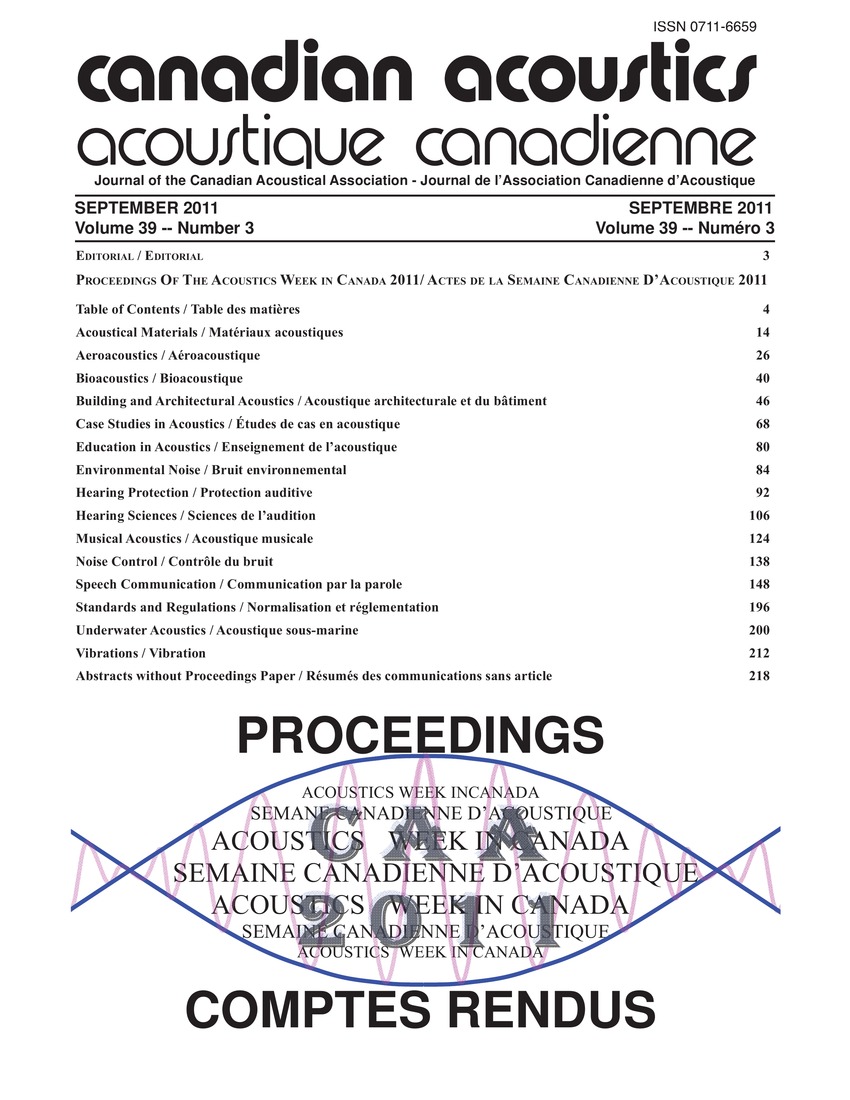Infrasound noise radiated from vibrating screens atan ore refinery: Part 2 - Noise reduction treatments and noise mapping technique
Keywords:
Hoppers, Noise pollution, Refining, Vibrating screens, Color scale, Full scale, Global levels, High pressure levels, Infrasound, Infrasound noise, Large vibrating screen, Noise map, Noise mapping, Operating ranges, Potential solutions, Radiating pattern, Scale models, Sound sourceAbstract
An infrasound problem has been identified at an ore refining factory and large vibrating screens were identified as the dominant source. In order to evaluate potential solutions allowing to reduce the screens' acoustical emission, a 1:15 scale model was built to be tested in laboratory. Noise mapping techniques were used to highlight the radiating patterns and measure the performance of tested solutions. The displayed value is the sound intensity global level ranging from 205 to 235 Hz which represents the 13.5 to 15.5 Hz operating range for the full scale vibrating screen and the color scale ranges from 65 to 85 dB. The noise maps were performed at a 15 cm distance from the sound source. The lack of acoustical short-circuit generates a high pressure level in the hopper and the leak at the hopper's perimeter radiates the energy to the outside.Additional Files
Published
How to Cite
Issue
Section
License
Author Licensing Addendum
This Licensing Addendum ("Addendum") is entered into between the undersigned Author(s) and Canadian Acoustics journal published by the Canadian Acoustical Association (hereinafter referred to as the "Publisher"). The Author(s) and the Publisher agree as follows:
-
Retained Rights: The Author(s) retain(s) the following rights:
- The right to reproduce, distribute, and publicly display the Work on the Author's personal website or the website of the Author's institution.
- The right to use the Work in the Author's teaching activities and presentations.
- The right to include the Work in a compilation for the Author's personal use, not for sale.
-
Grant of License: The Author(s) grant(s) to the Publisher a worldwide exclusive license to publish, reproduce, distribute, and display the Work in Canadian Acoustics and any other formats and media deemed appropriate by the Publisher.
-
Attribution: The Publisher agrees to include proper attribution to the Author(s) in all publications and reproductions of the Work.
-
No Conflict: This Addendum is intended to be in harmony with, and not in conflict with, the terms and conditions of the original agreement entered into between the Author(s) and the Publisher.
-
Copyright Clause: Copyright on articles is held by the Author(s). The corresponding Author has the right to grant on behalf of all Authors and does grant on behalf of all Authors, a worldwide exclusive license to the Publisher and its licensees in perpetuity, in all forms, formats, and media (whether known now or created in the future), including but not limited to the rights to publish, reproduce, distribute, display, store, translate, create adaptations, reprints, include within collections, and create summaries, extracts, and/or abstracts of the Contribution.


